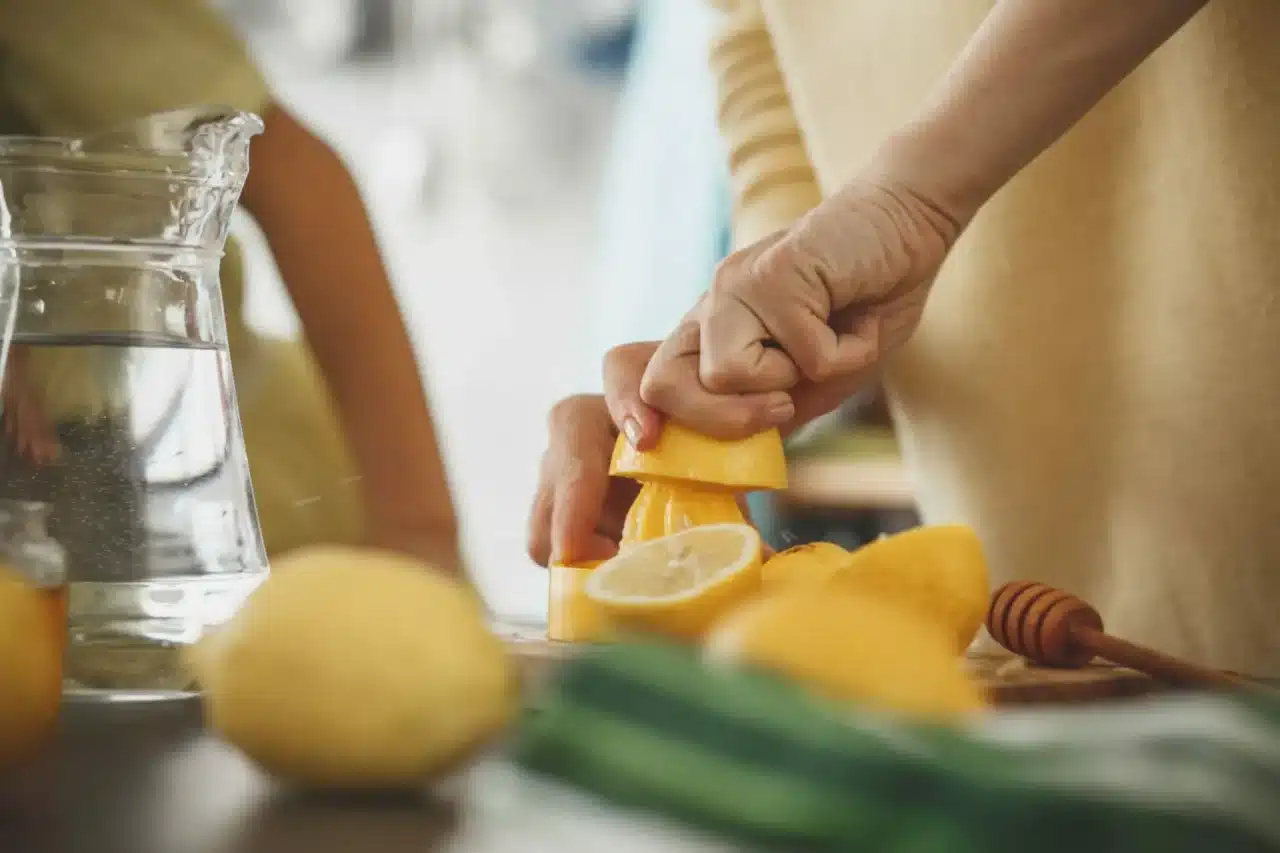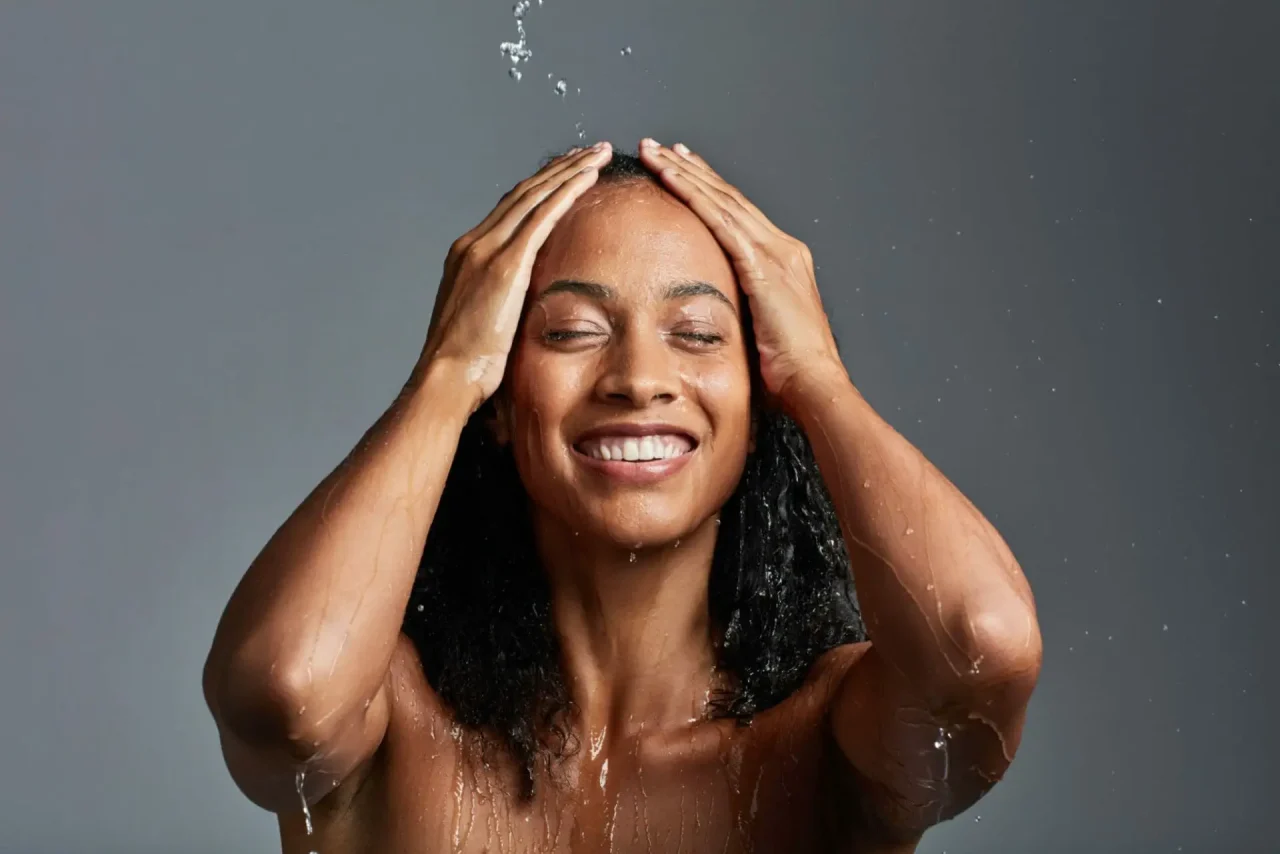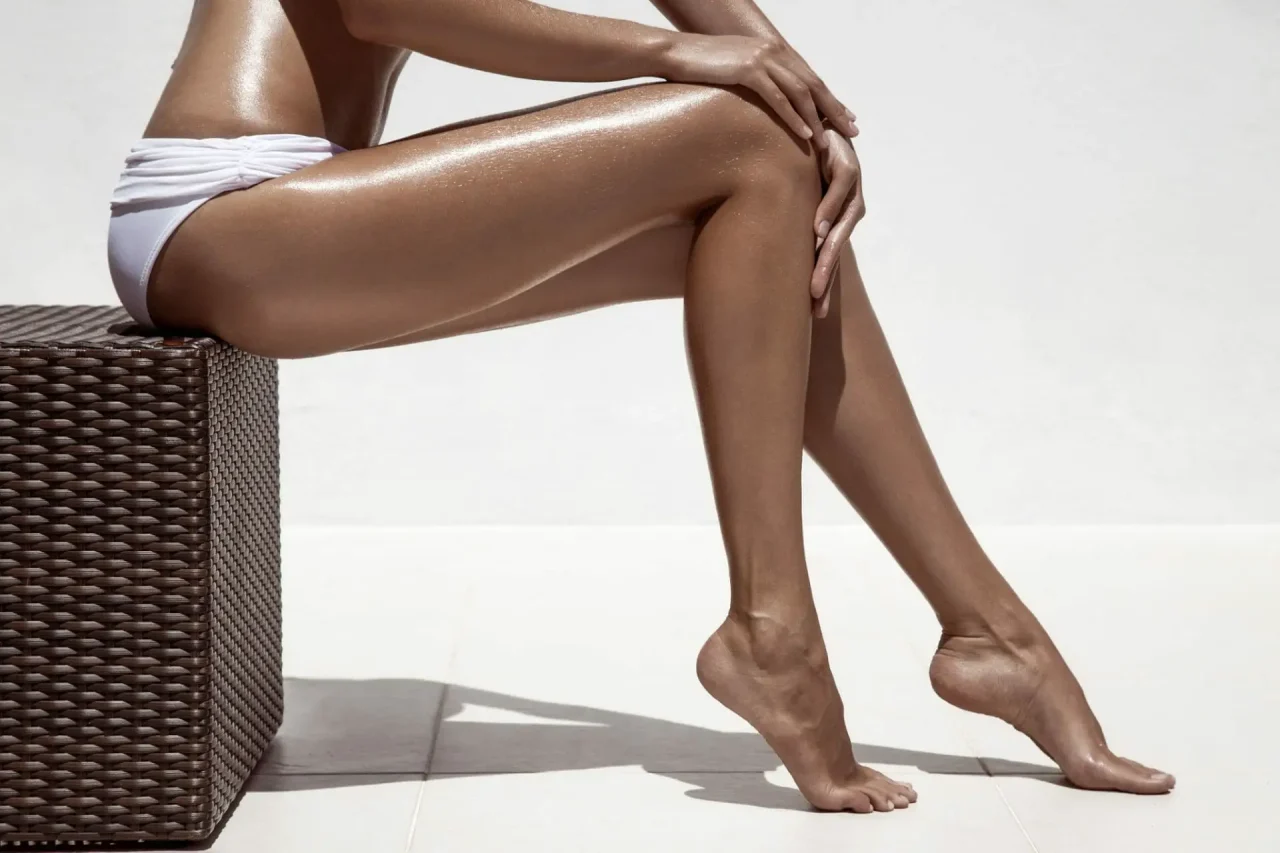Effective Tanning Bed Tips for Beginners to get Fast Results
Want to know some of the perks and risks of tanning beds? Let us shed light upon tips for beginners.

Are you thinking about tanning indoors? Many individuals will be going to their local tanning parlor to obtain a bronzed physique before visiting the beach now that bathing suit season is well started. But what if this is your first time in a tanning bed? What should newcomers think about?

Before you go tanning, make an informed choice about whether the benefits exceed the drawbacks. Many specialists believe that there are too many dangers, and that tanning beds should only be used for medical reasons. Others argue that the advantages outweigh the hazards.
Advantages of Tanning Beds
Note: This post may contain affiliate links, which means if you buy from my link I might make a small commission. This does not affect the price you pay. See the full affiliate disclosure here.
- Vitamin D is produced when you tan.
- A quick tan for eczema, psoriasis, and seasonal affective disorder.
- It can help prevent malignancies including breast and colon cancer.
Hazards of Using Tanning Beds
- Ageing too early
- Cataracts and blindness are two types of eye impairment.
- Skin cancer
- Immunological system has been compromised
- Wrinkles
Basic Tanning Bed Tips for Beginners
Tanning newbies should have a basic know-how about the process of tanning. It is better to do some research and get hold of some rudimentary tips. Let’s dive into the list of tanning bed tips for beginners.
Tip # 1: Know your Skin Type
To preserve your skin and your health the best way possible, you must first determine your skin type. Because of the different quantities of melanin in people’s bodies, they have different tolerances to sunshine and UV radiation.
- Type I: People with type one skin are naturally pale and have a difficult time tanning without burning.
- Type II: Those with type two skin can get a tan, but it takes a long time to develop and generally happens after a sunburn.
- Type III: People with type three skin can get burnt if they are overexposed to the sun, but they can tan quickly.
- Type IV: People with type four skin are easily tanned and seldom burn when exposed to the sun.
- Type V: People with type 5 skin have naturally tanned skin tones and tan easily in the sun.
Knowing your skin type before sunbathing will help you accomplish your tanning objectives while staying safe!
Tip # 2: Have All Tanning Essentials
There are a few things you should have on hand to help you get the most out of your tanning session. Here are some basic tanning bed equipment to get you started.
Tip # 3: Goggles for Tanning
These are a must-have for safeguarding your eyes from the harmful UV rays emitted by tanning beds.
Unlike laying in the sun, where UVA and UVB rays reach you at different levels, tanning beds put you in a position where these rays strike you at a closer distance, more consistently, and with more intensity. This can have catastrophic consequences, and it frequently does.
Tip # 4: Tanning Clothes
There are a few alternatives here, but the best recommendation is for the girls to wear a two-piece swimsuit or bikini, and for the gentlemen to wear briefs or boxer briefs. Going nude is also a viable option because it ensures color consistency all over your body.
However, some precautions should be taken, such as covering your nipples and privates, as the skin in these regions is more sensitive and hence more likely to burn.
Tip # 5: Lip Balm with SPF Protection
This works similarly to sunblock or sunscreen lotion, with the exception that it is created specifically for your lips while sunbathing.
This is because the lips lack melanin, they will not brown as a result of tanning; instead, prolonged UV exposure will produce dry, cracked, over time.
Tip # 6: Select a Tanning Bed
The next step is to determine which tanning bed is best for you. A decent tanning clinic should provide at least six (6) alternatives to select from; those with less will likely not work in your favour, as this is mostly determined by your skin type.
Tanning clinics provide various degrees of tanning beds as well as various types of tanning beds. The levels influence the quantity of UV rays that reach you and, as a result, how rapidly you tan. These levels begin with Level 1 and progress to Level 4.
A lying-down bed, a stand-up bed, and even a bed with a strip of tanning bulbs along one side to assist you tan your sides are all options. For detailed insights, check out our detailed comparison of Stand-up tanning beds vs Lay-Down tanning beds.
There is no such thing as a better bed; it all depends on your preferences. Inquire about the many beds available at your tanning facility, test out a few, and discover which one is best for you.
Tip # 7: Invest in a Tanning Lotion
Because tanning might cause your skin to become dry, it’s essential to use a moisturizer. Additionally, tanning lotions designed particularly for use in tanning beds can help you acquire a tan faster while also guaranteeing that the tan lasts longer.
There are several tanning lotions to select from, and deciding which one to buy might be difficult.
Make sure the lotion you buy is designed particularly for tanning beds. Also, make sure your tanning lotion has no SPF rating, since this will prevent UV rays from entering your skin.
Make sure your tanning lotion is evenly distributed when you apply it. It will be worthwhile if you take your time. You’ll be sorry if you rush this step!
Tip # 8: Balanced Position for Tanning
When you’re in the tanning bed, try to arrange yourself so that as much of your skin as possible is exposed to the lights. Lie down on your back, knees slightly bent.
You might not acquire a tan where your thighs meet your back end if you keep your legs flat. Make sure your arms aren’t touching your sides, and your hand isn’t resting on your stomach.
Lie with your arms elevated above your head to avoid getting an uneven tan or white underarms. Be careful to raise your arms over your head as you flip over in the middle of the session.
Tip # 9: After Tanning, Use a Tan Extender
Tan Extenders are creams that extend the life of your tan. They frequently contain bronzers to provide a bit more colour, as well as ingredients to keep your skin appearing smooth and tanned.
‘A Free Bit of Advice’
Between tanning treatments, wait at least 48 hours. Once you’ve achieved your tanning objective, you may keep your tan going by going to the tanning salon once or twice a week.
Conclusion
While sunbathing in a tanning bed is often safer than tanning in direct sunlight, you should still adhere to recommended tanning duration restrictions. It’s crucial not to over-tan or over-expose your skin to UV radiation.
If you do, you’ll notice frequent burns and, eventually, sunspots on various parts of your body, changes in your skin’s texture, and other symptoms. Be mindful of the pros and cons of tanning beds.
Happy Tanning!






